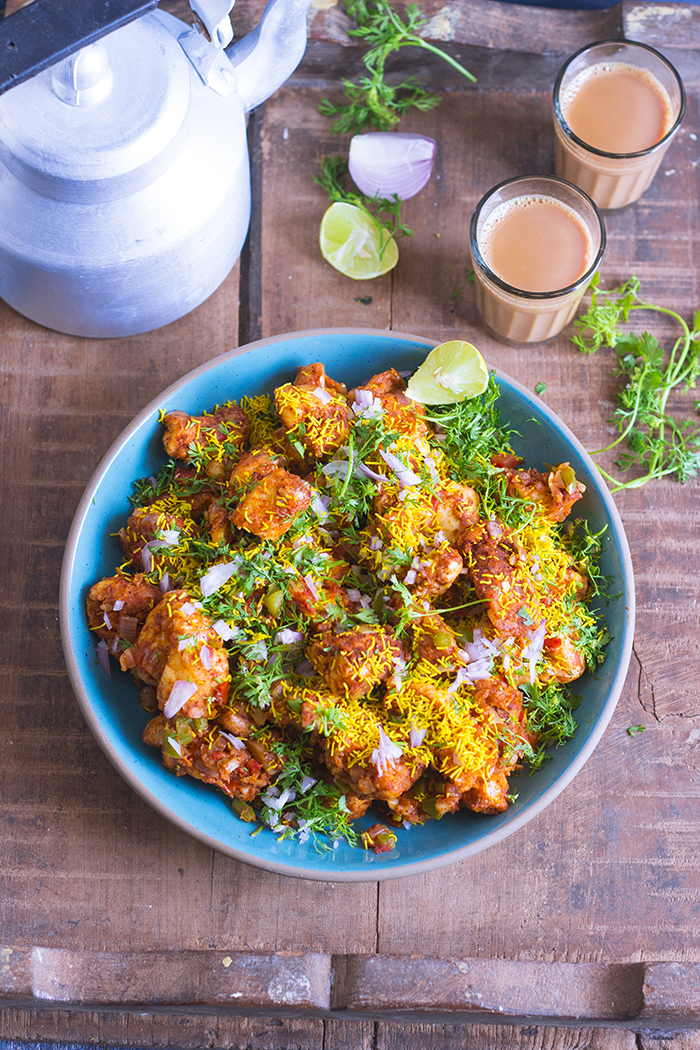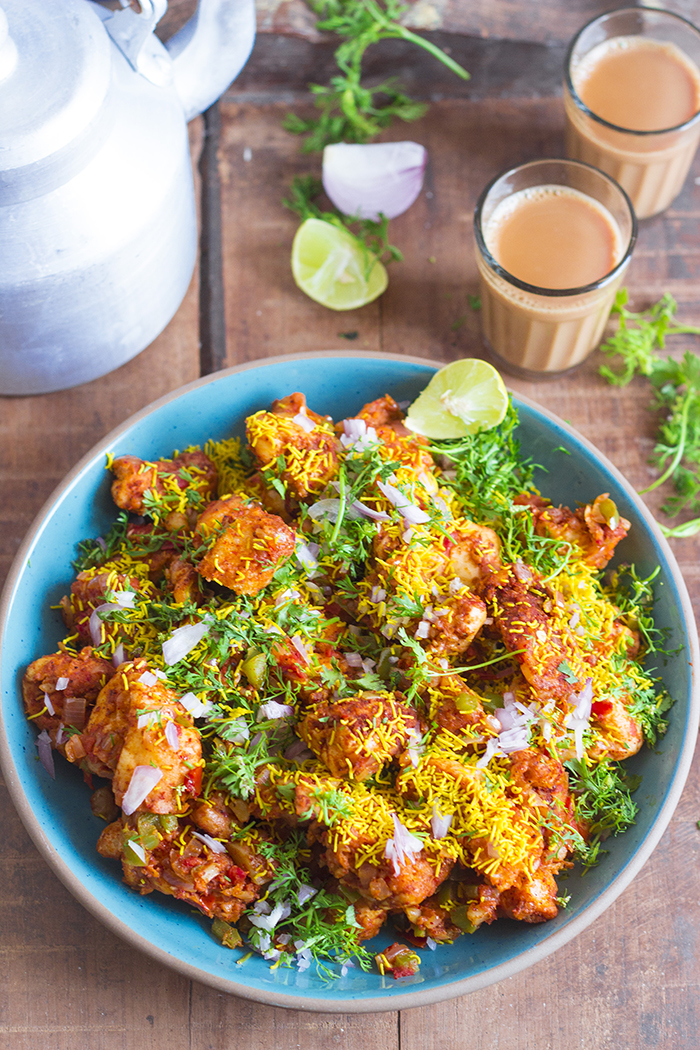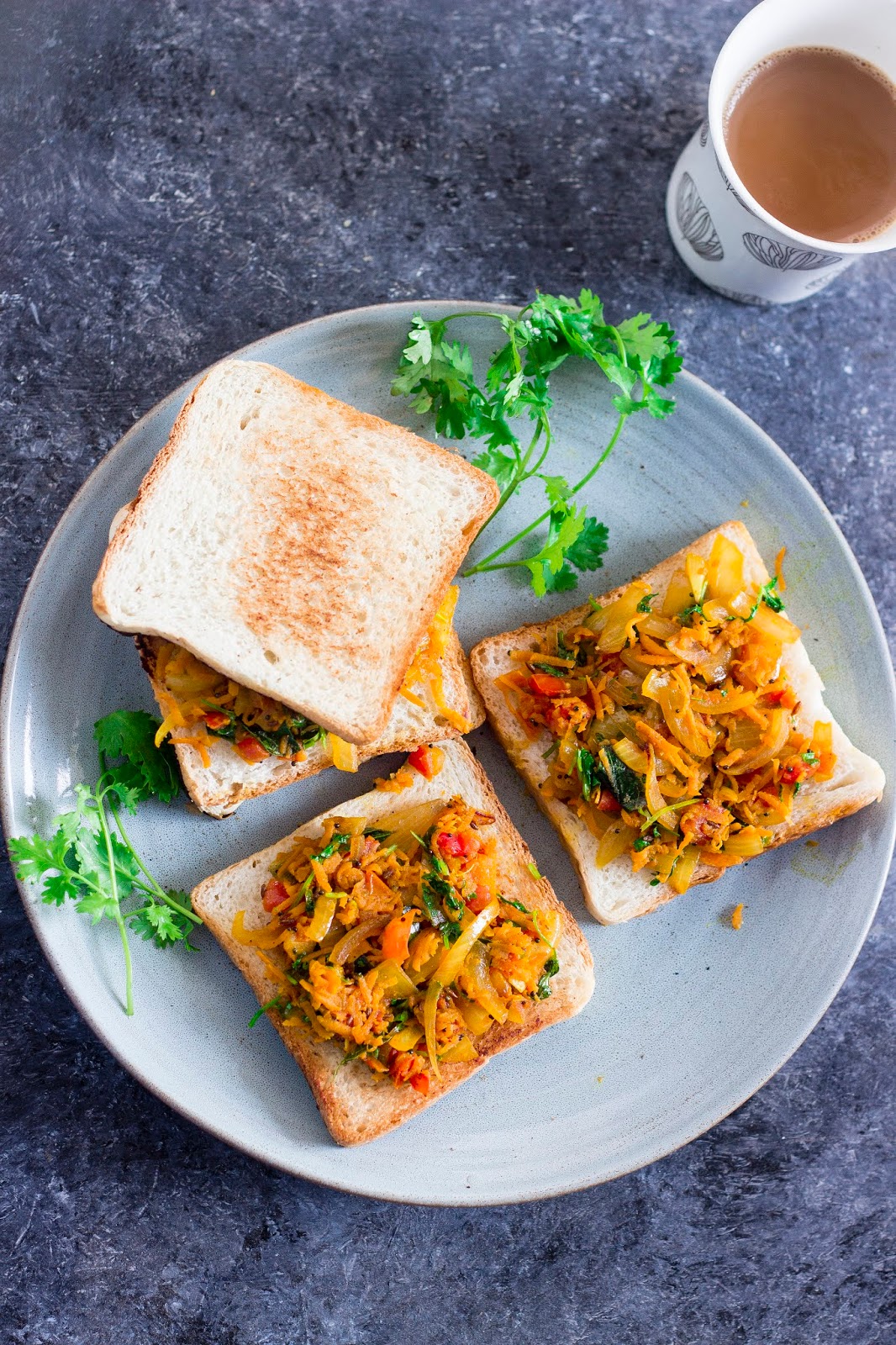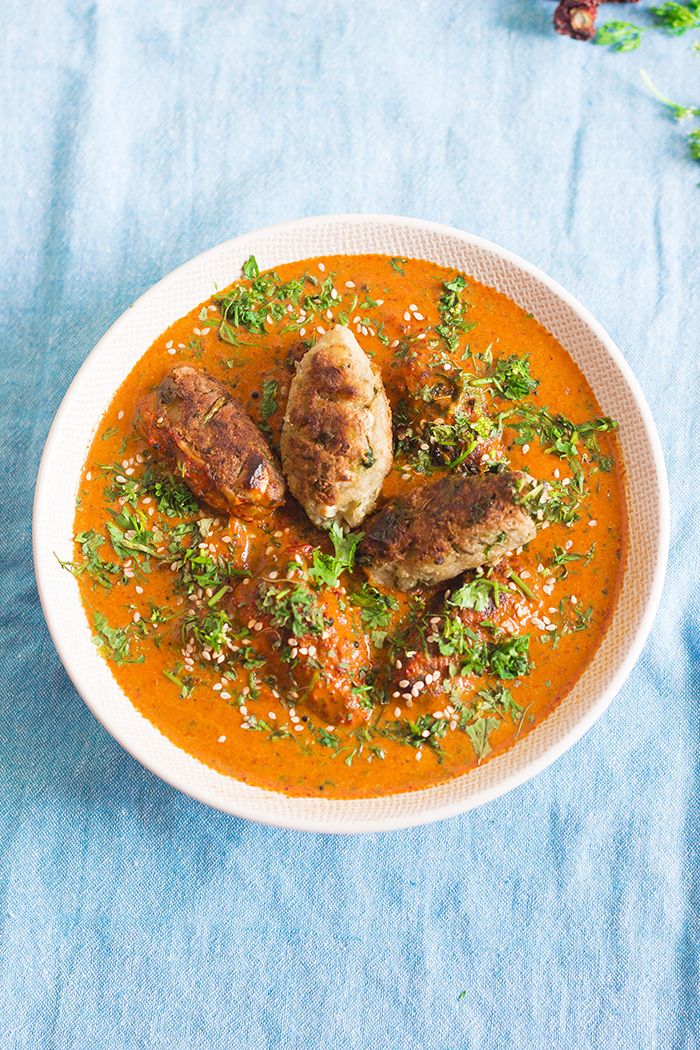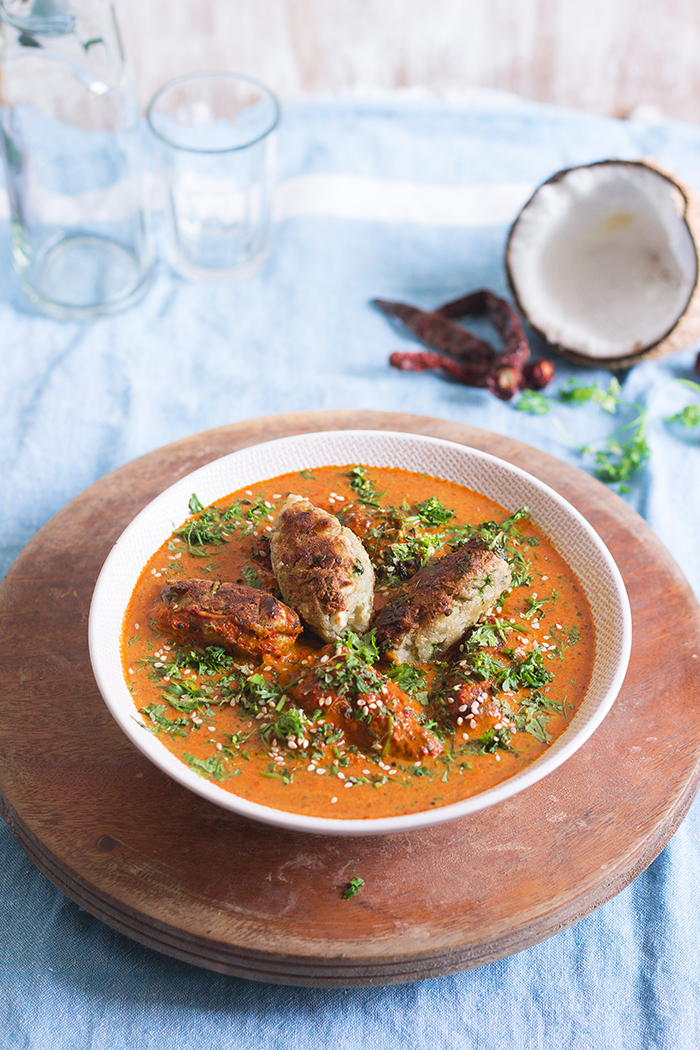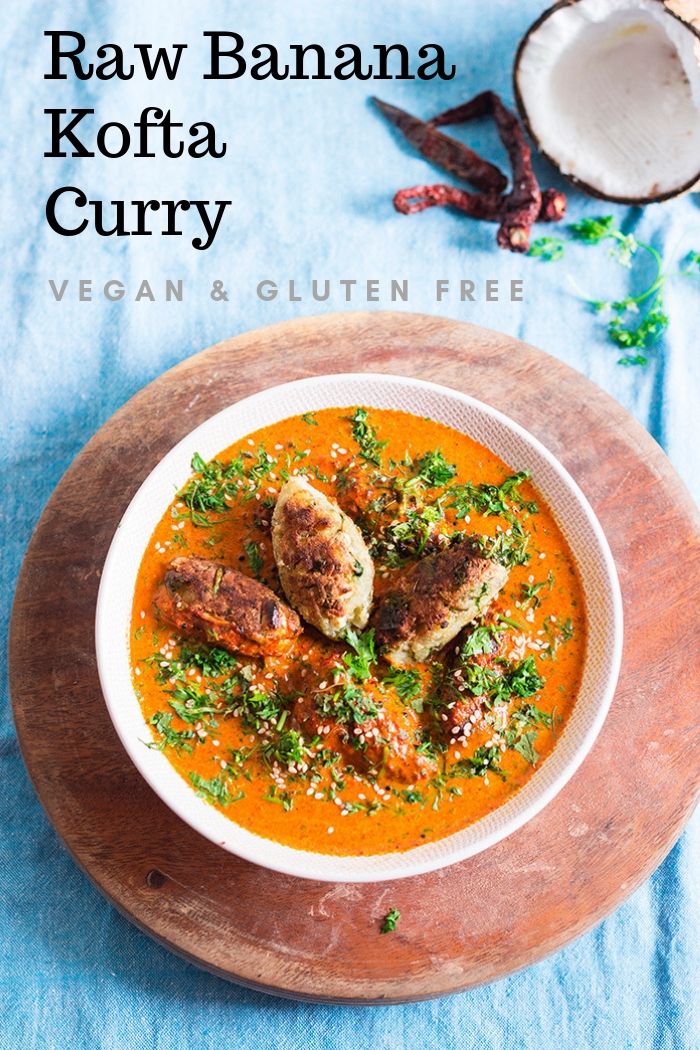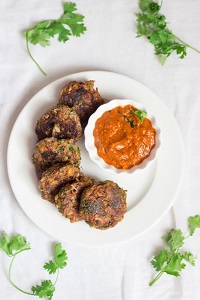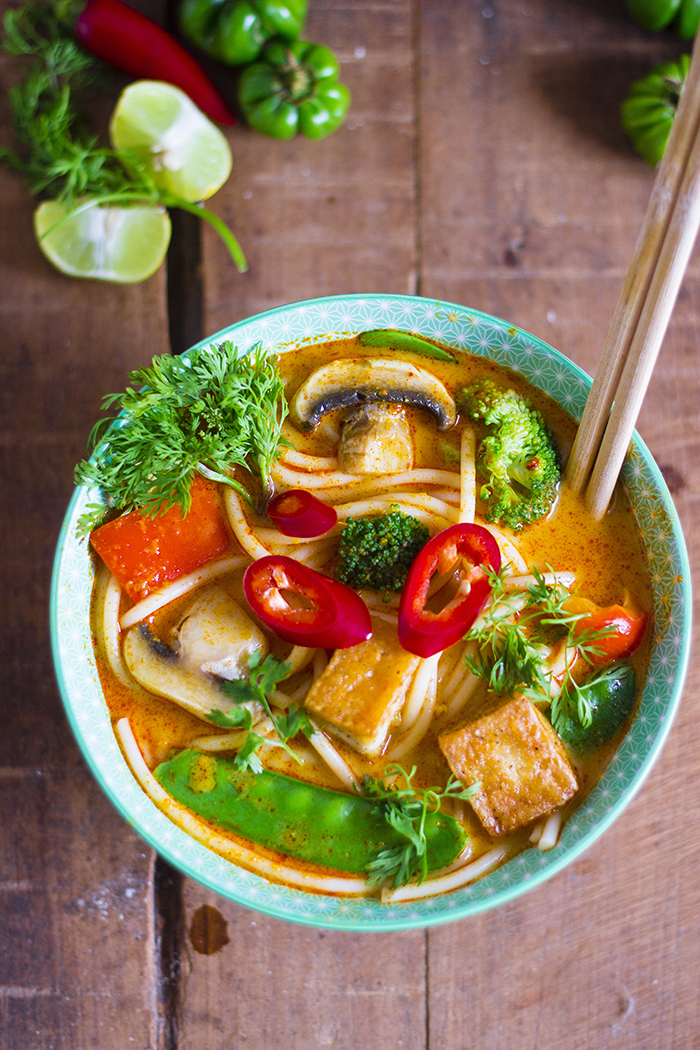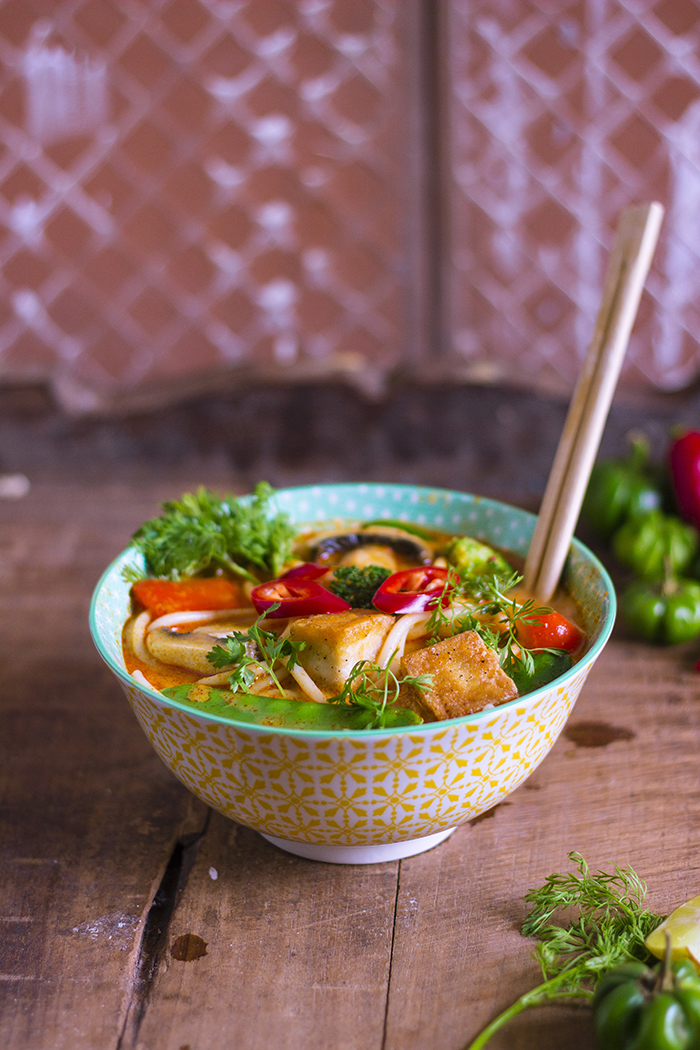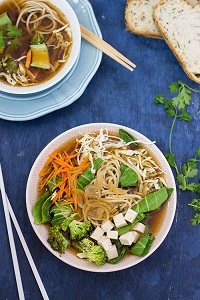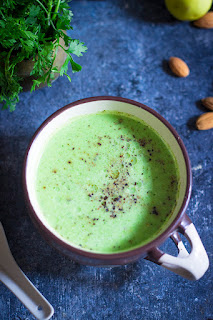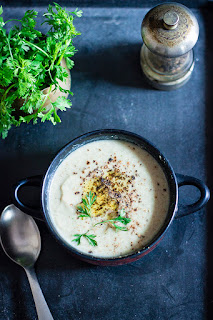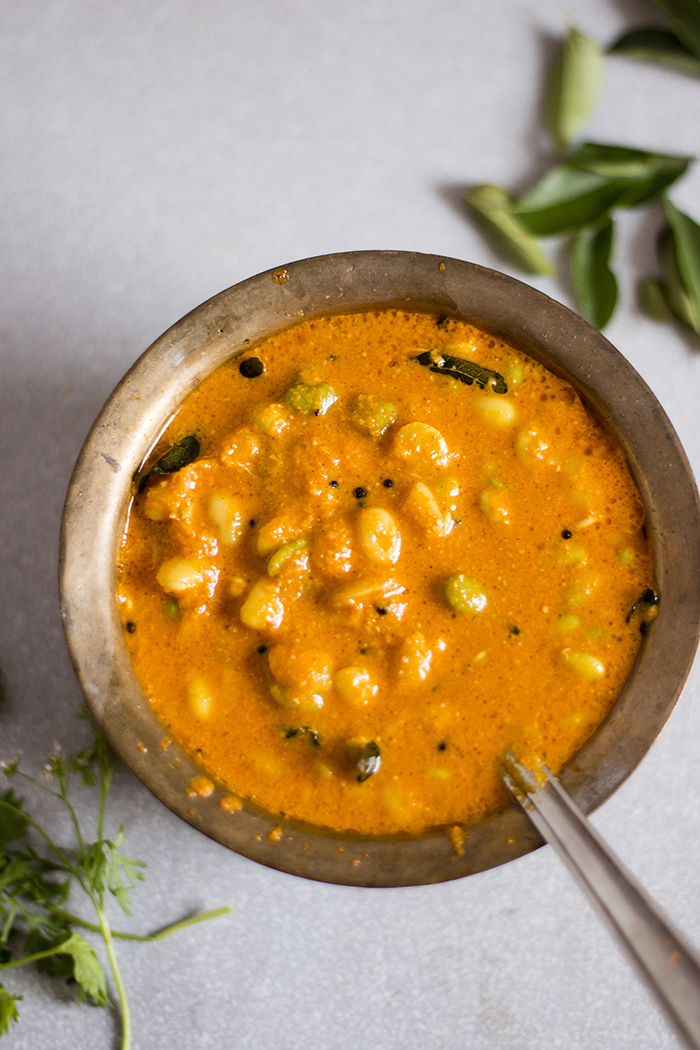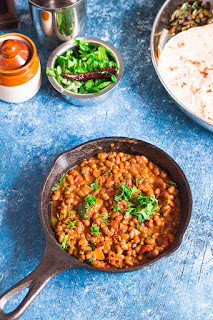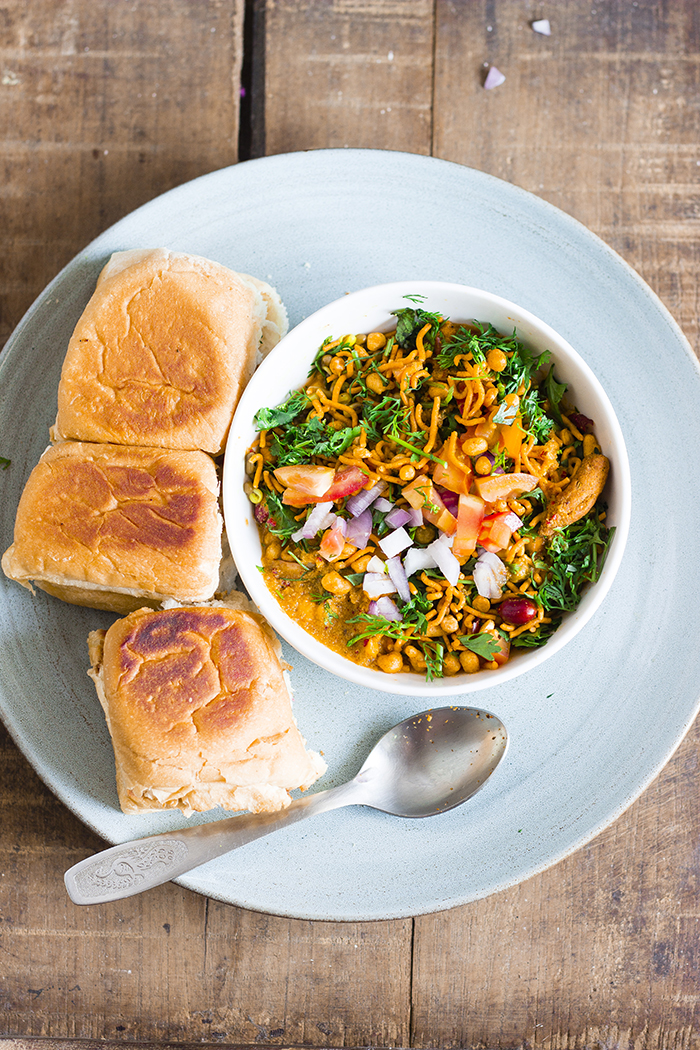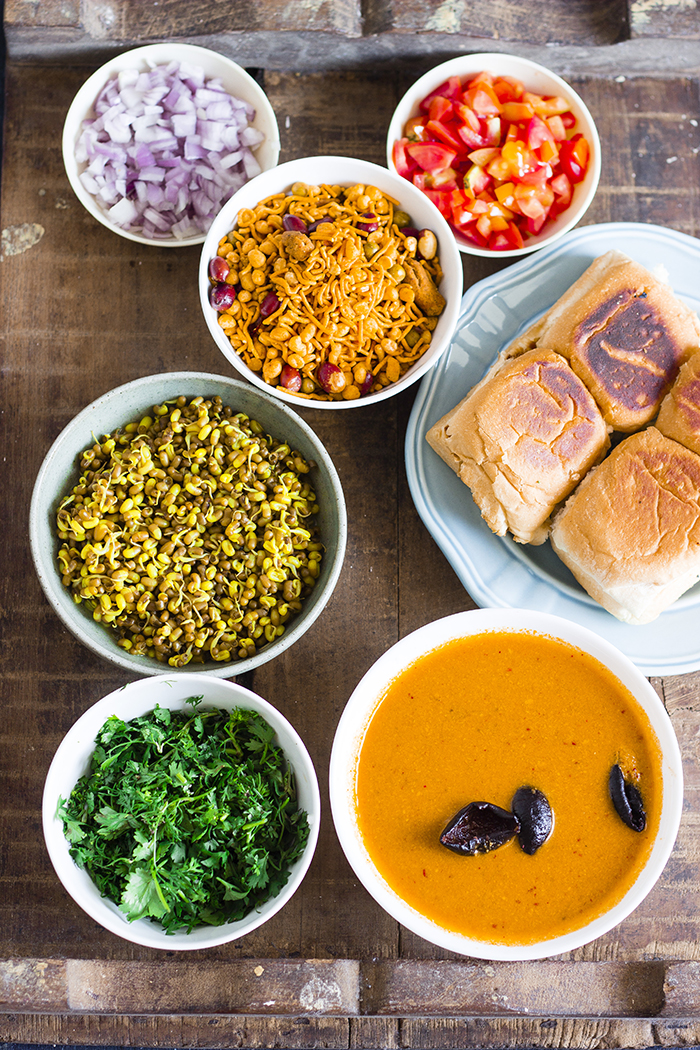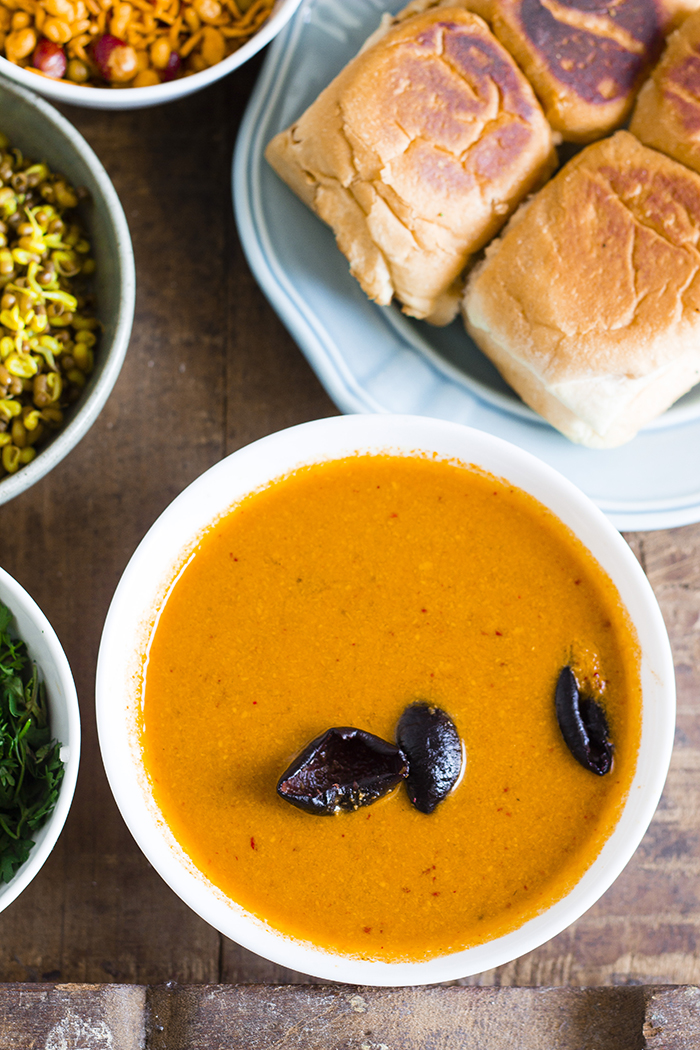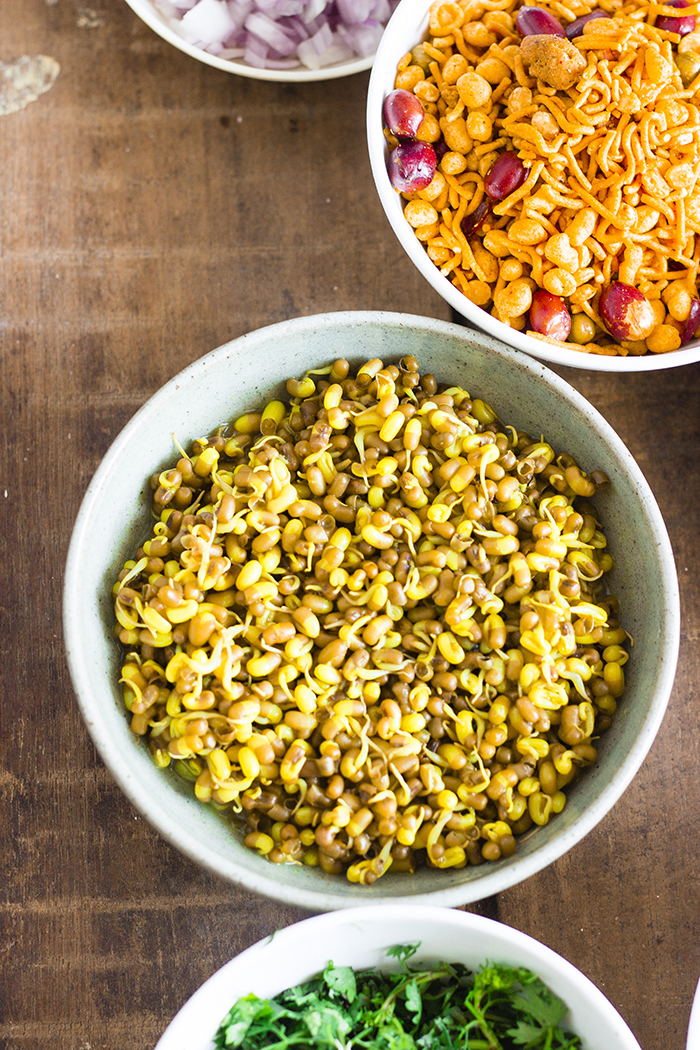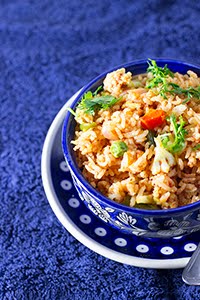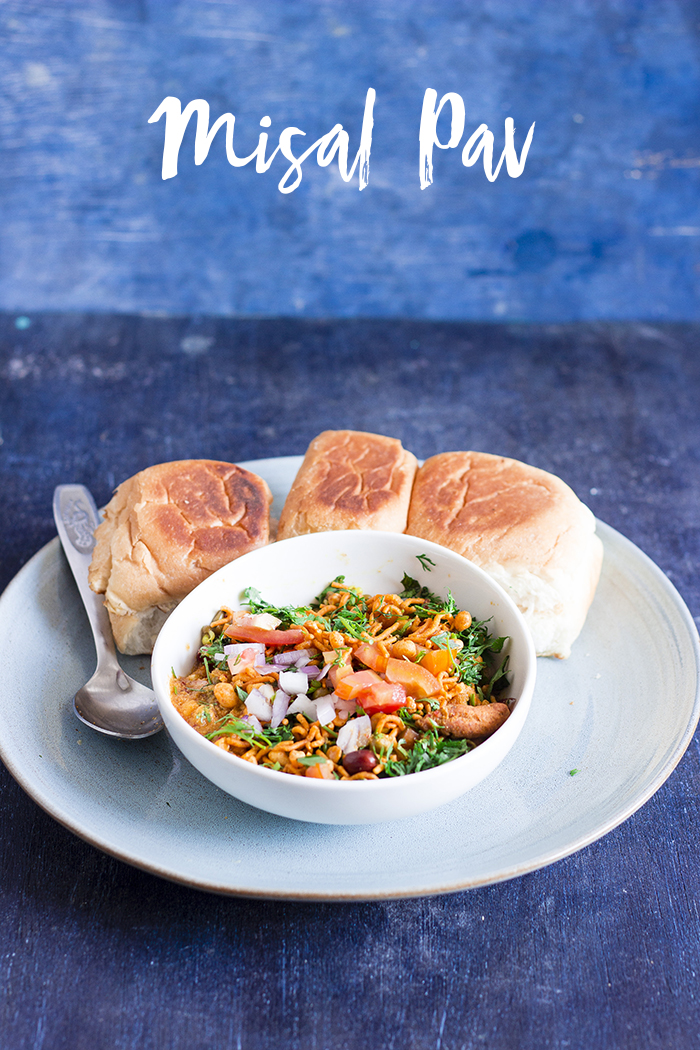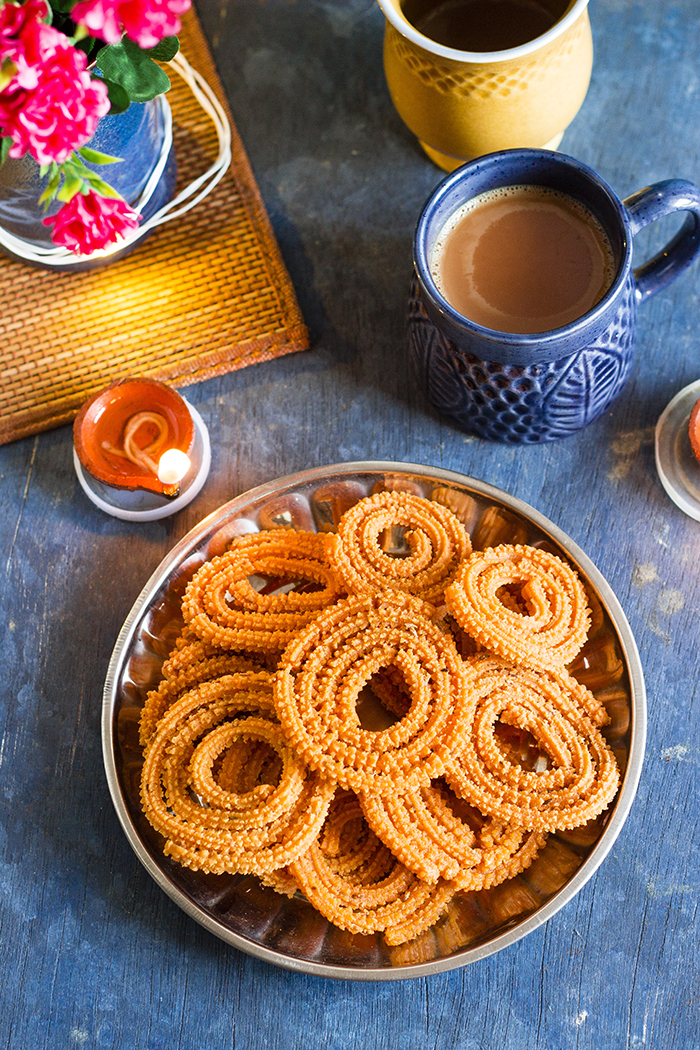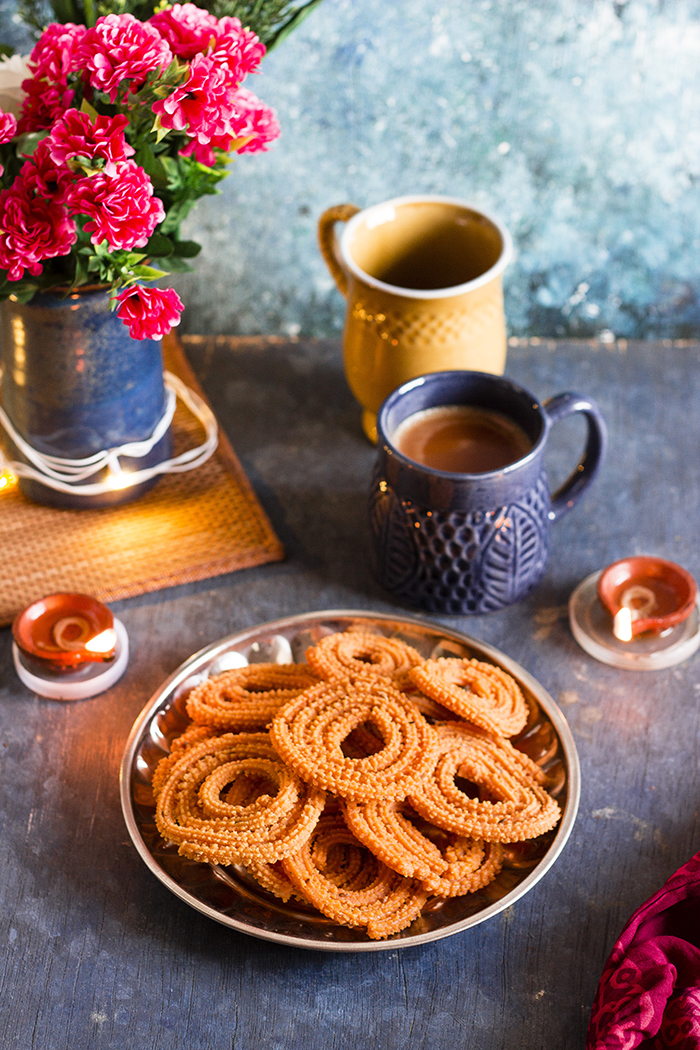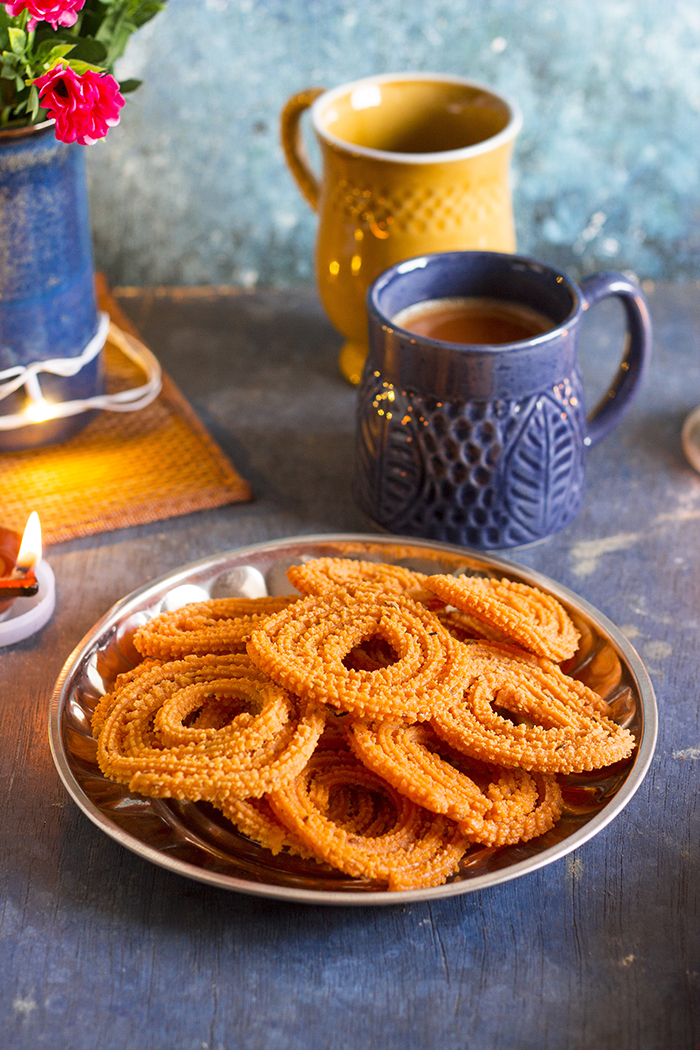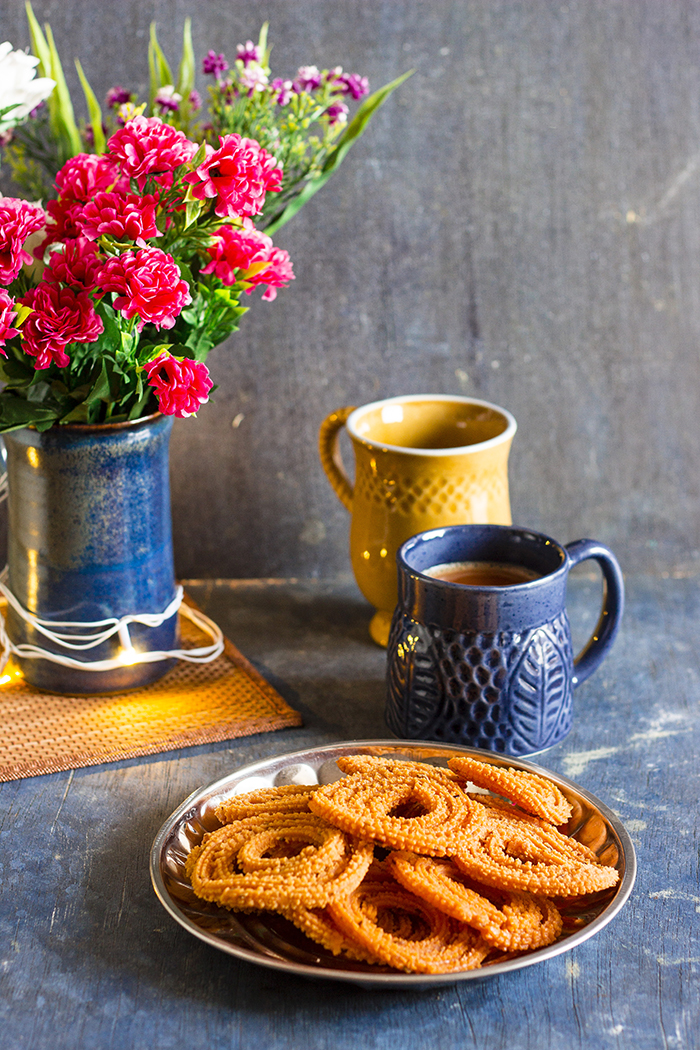Masala Pav is a popular street food in which Pav bread is sauteed along with a spicy masala made of tomatoes, potatoes and capsicum. This recipe can be made vegan by skipping adding butter or using vegan butter instead.
In a hurry? Jump to Video or Jump to Recipe
Yeah, I can be such a dumbo sometimes. I have no clue how I forgot something this basic. Anyhow, now I'm here and so excited to share one of my favorite recipes.
Masala Pav is another one of those popular street foods. Frankly, I'm yet to come around to a street food that isn't popular. I love that it has so much flavor and it is usually so colorful. And it is our local fast food. Over the years, I have posted so many of my favorites like Pani Puri, Masala Puri, Chana Chaat, Tomato Puri, Pav Bhaji, Tava Pulao and just as of last week, I posted the recipe for Mumbai Masala Toast. I've also posted my version of a few dishes like this Sweet Potato Chaat and the Dahi Bread Chaat.
What is your favorite street food? And what do you like about it?
So, lets get back to today's recipe - Masala Pav. If you are from Mumbai, you may be wondering why my Masala Pav looks like this. I'll clarify. This is the version you get in Bangalore, and it is the only one I've ever eaten and loved. So don't leave just yet, try this one and you may just love it as much as I do.
Masala Pav, first requires you to make a masala that is made from onions, tomatoes, capsicum (bell pepper) and potatoes. You can skip the potatoes if you want, but nothing could ever make me skip them. Allow all the veggies to cook down and mash them coarsely. The masala is spiced with a Pav Bhaji Masala Powder. Once the masala is cooked, shredded or diced pav is added and mixed well. Top with finely chopped onions, coriander leaves and Sev before serving.
If you don't have Pav bread easily available, you can make this with any loaf bread you have or with buns. I have added butter towards the end, you can also use only butter instead of oil. To keep this recipe vegan, just skip adding the butter.
Masala Pav makes for a good evening snack. Especially, when the evenings are cold and rainy. So what are you waiting for? Go ahead, enjoy!
Happy Weekend folks!
If you made this recipe, let me know! Leave a comment here or on Facebook, tag your tweet with @oneteaspoonlife on Twitter and don't forget to tag your photo #oneteaspoonoflife on Instagram. You can also email me at onetspoflife@gmail.com I'd love to see what you are upto.
If you like this recipe, do not forget to share it with your friends and family!
You can follow One Teaspoon Of Life on Facebook, Twitter, Instagram, Pinterest or you can subscribe to One Teaspoon Of Life and receive all the latest updated via Email
--------------------------------------------------------------------------------------------------------------------------
 Masala Pav is a popular street food in India. Pav bread is sauteed along with a spicy masala made from onion, tomatoes, potatoes and capsicum. This recipe can be made vegan by replacing the butter with vegan butter or not adding butter at all.
Masala Pav is a popular street food in India. Pav bread is sauteed along with a spicy masala made from onion, tomatoes, potatoes and capsicum. This recipe can be made vegan by replacing the butter with vegan butter or not adding butter at all.
Recipe Type: Snacks
Cuisine: Indian
Prep Time: 10 minutes
Cook time: 20 minutes
Total time: 30 minutes
Yield: Serves 4
6 Pav
2 medium sized Onions, finely chopped
3 medium sized Tomatoes, finely chopped
2 medium sized Potatoes, boiled and peeled
1 green Capsicum, finely chopped
2 Tbsp Oil
1 tsp Ginger Garlic Paste
2 Tbsp Pav Bhaji Masala
1 tsp Red Chilli Powder (Optional)
Salt to taste
0.5 cup Water
2 Tbsp Butter (Optional)
0.5 cup Sev
Finely chopped Onion
Finely chopped Coriander Leaves
1. Heat oil in a pan and add ginger garlic paste. Saute until fragrant.
2. Add in the finely chopped onions and saute until translucent.
3. Add the finely chopped tomatoes.
4. Add salt to taste and the pav bhaji masala. If you plan to add the red chilli powder, add it now. Mix well and cook until the tomatoes are soft.
5. Add chopped capsicum and boiled potatoes.
6. Mash the capsicum and potatoes until roughly combined with the tomato masala.
7. Add water and allow to cook on low heat for 5-6 minutes.
8. Dice the pav into bite sized pieces and add to the pan. Mix well until combined.
9. Add salt if required.
10. Add in the butter if using it. Skip this step to make the masala pav vegan.
11. To serve, top the masala pav with finely chopped onions, coriander leaves and sev.
If you liked this, you may also like:
Video Recipe
--------------------------------------------------------------------------------------------------------------------------
Masala Pav Recipe
 Masala Pav is a popular street food in India. Pav bread is sauteed along with a spicy masala made from onion, tomatoes, potatoes and capsicum. This recipe can be made vegan by replacing the butter with vegan butter or not adding butter at all.
Masala Pav is a popular street food in India. Pav bread is sauteed along with a spicy masala made from onion, tomatoes, potatoes and capsicum. This recipe can be made vegan by replacing the butter with vegan butter or not adding butter at all. Recipe Type: Snacks
Cuisine: Indian
Prep Time: 10 minutes
Cook time: 20 minutes
Total time: 30 minutes
Yield: Serves 4
Ingredients:
6 Pav
2 medium sized Onions, finely chopped
3 medium sized Tomatoes, finely chopped
2 medium sized Potatoes, boiled and peeled
1 green Capsicum, finely chopped
2 Tbsp Oil
1 tsp Ginger Garlic Paste
2 Tbsp Pav Bhaji Masala
1 tsp Red Chilli Powder (Optional)
Salt to taste
0.5 cup Water
2 Tbsp Butter (Optional)
To Assemble:
0.5 cup Sev
Finely chopped Onion
Finely chopped Coriander Leaves
Method:
1. Heat oil in a pan and add ginger garlic paste. Saute until fragrant.
2. Add in the finely chopped onions and saute until translucent.
3. Add the finely chopped tomatoes.
4. Add salt to taste and the pav bhaji masala. If you plan to add the red chilli powder, add it now. Mix well and cook until the tomatoes are soft.
5. Add chopped capsicum and boiled potatoes.
6. Mash the capsicum and potatoes until roughly combined with the tomato masala.
7. Add water and allow to cook on low heat for 5-6 minutes.
8. Dice the pav into bite sized pieces and add to the pan. Mix well until combined.
9. Add salt if required.
10. Add in the butter if using it. Skip this step to make the masala pav vegan.
11. To serve, top the masala pav with finely chopped onions, coriander leaves and sev.
If you liked this, you may also like:

